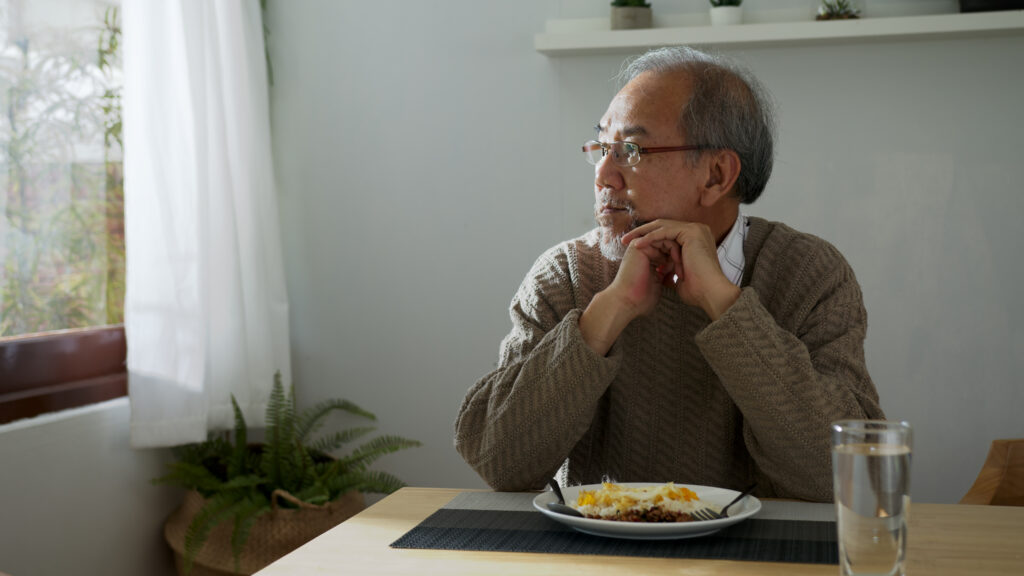Social isolation is a significant concern for senior patients, impacting their overall health and well-being. As life expectancy increases, addressing the social needs of the elderly becomes crucial to ensure they lead fulfilling lives.
Preventing isolation among senior patients involves understanding its impacts, identifying contributing factors, and implementing strategies to foster social connections. This article explores these aspects and highlights the role of physicians in mitigating social isolation among seniors.
How Social Isolation Impacts the Elderly
Social isolation is associated with increased risks of mental health issues such as depression and anxiety. Isolated seniors often experience higher levels of stress, which can exacerbate chronic health conditions like hypertension and diabetes.
Furthermore, social isolation has been linked to cognitive decline, including dementia and Alzheimer’s disease. Physical health also deteriorates as isolated seniors are less likely to engage in physical activities, leading to muscle weakness, balance issues, and a higher risk of falls.
The emotional toll of isolation can lead to a diminished sense of purpose and a lower quality of life. Seniors who lack social interaction may also experience sleep disturbances and poor dietary habits, further impacting their physical health. These interconnected factors highlight the urgency of addressing social isolation among the elderly.
Factors Contributing to Social Isolation Among Seniors
Several factors contribute to social isolation in senior patients. One primary factor is the loss of a spouse or close friends, which significantly reduces the patient’s social network. Retirement can also lead to isolation as it removes daily interactions with colleagues and the same applies to mobility issues and chronic illnesses.
Geographical relocation, such as moving to a different city to be closer to family, can disrupt established social connections. Technological barriers also play a role; seniors may find it challenging to use modern communication tools like smartphones and social media, which are increasingly vital for maintaining social connections.
How Physicians Can Combat Social Isolation
Physicians play a pivotal role in combating social isolation among senior patients. By recognizing the signs of social isolation, healthcare providers can take proactive steps to address this issue. Regular screenings during medical visits can help identify seniors at risk of isolation. Physicians can ask about their patients’ social interactions and support networks, offering resources and referrals to community programs designed to promote social engagement.
Encouraging participation in group activities such as exercise classes, hobby groups, or volunteer work can significantly enhance social interaction. Physicians can also recommend support groups for seniors dealing with grief or chronic illness, providing a sense of community and shared experience. Utilizing telehealth services can help maintain regular contact with isolated seniors, ensuring they receive ongoing care and social interaction.
Additionally, educating seniors about the use of technology for social purposes can help bridge the communication gap. Physicians can guide them on using video calls and social media to stay connected with family and friends. Collaborating with community organizations to create more accessible social programs and transportation services can also help reduce isolation.
Conclusion
Preventing isolation among senior patients is vital for their overall health and well-being. Understanding the impacts of social isolation, recognizing contributing factors, and implementing targeted strategies can make a significant difference.
With offices in Miami, Miramar, Fort Lauderdale, Pompano Beach, and West Palm Beach, Primary Medical Care Center is a leader in full-risk primary care, distinguished by its innovative philosophy and unique physician-led culture that delivers coordinated, world-class primary care to the most vulnerable populations, particularly moderate- to low-income seniors with complicated chronic diseases.
